How to Make a Backdrop for Food Photography! Making a backdrop for food photography can be a lot of fun, and it’s an easy way to add some extra visual interest to your shots. Food photography can be as simple or elaborate as the photographer desires. There are endless possibilities for backgrounds, props, and settings. This article explores some of the common backgrounds used in food photography and how to make them. There are several options available, and you can choose whatever works best for your photos.
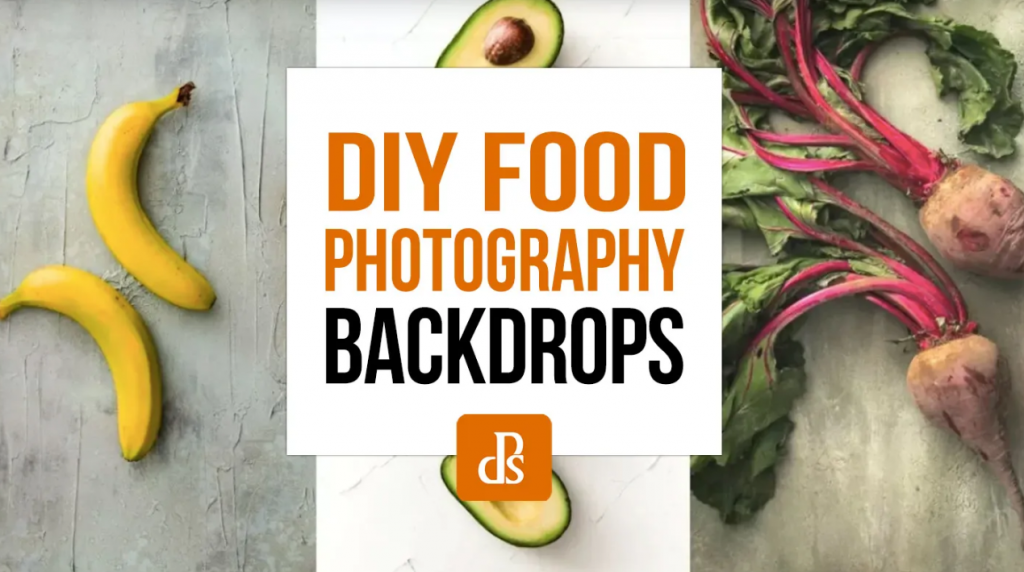
How to Make a Backdrop for Food Photography
Here are five tips for creating a great backdrop for your food photos.
1. Choose a Bright, Solid Color
When photographing food, a nice backdrop can make the shot pop. One of the easiest and cheapest ways to create a backdrop is by using a piece of fabric. I like to choose a bright, solid colour that will complement the food without competing for attention. For example, I might use a light blue or green fabric for savoury dishes and a pink or red fabric for sweet dishes.
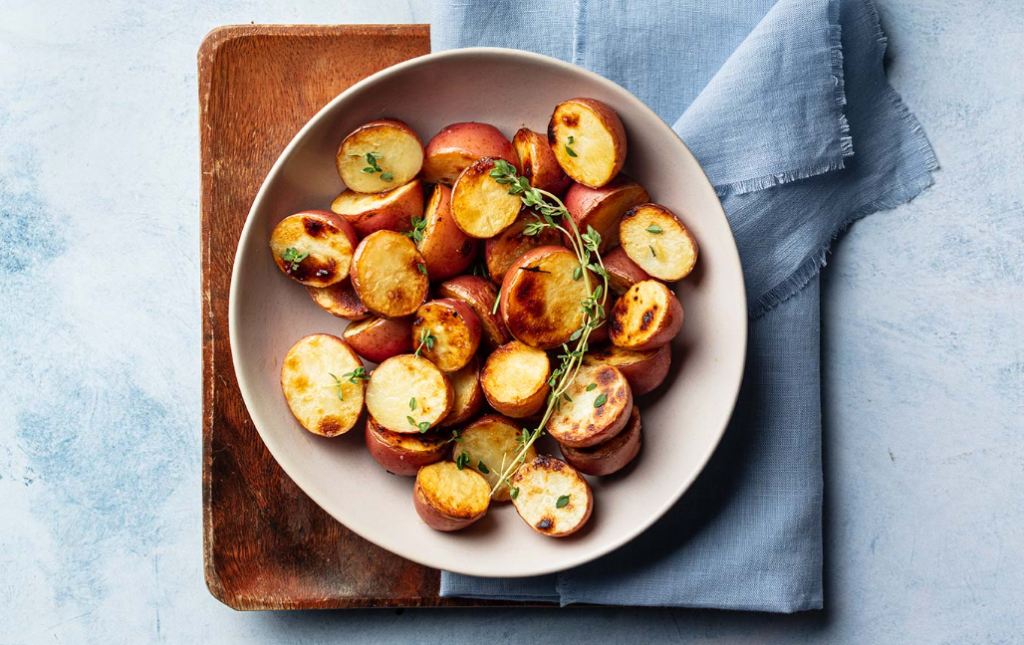
If you’re using a tablecloth or cloth napkin as your backdrop, be sure to iron it first so that it’s nice and smooth. Then, place it behind your food and use some clamps or tape to hold it in place. If you’re using a piece of fabric that’s not rectangular, you can always fold it so that it fits the shape of your food.
2. Use a Canvas or Fabric
If you’re looking for a simple and affordable way to create a beautiful backdrop for your food photos, consider using a canvas or fabric. Both options are easy to work with and can be customized to fit your specific needs. Plus, they’re relatively inexpensive, which makes them a great option if you’re on a budget.
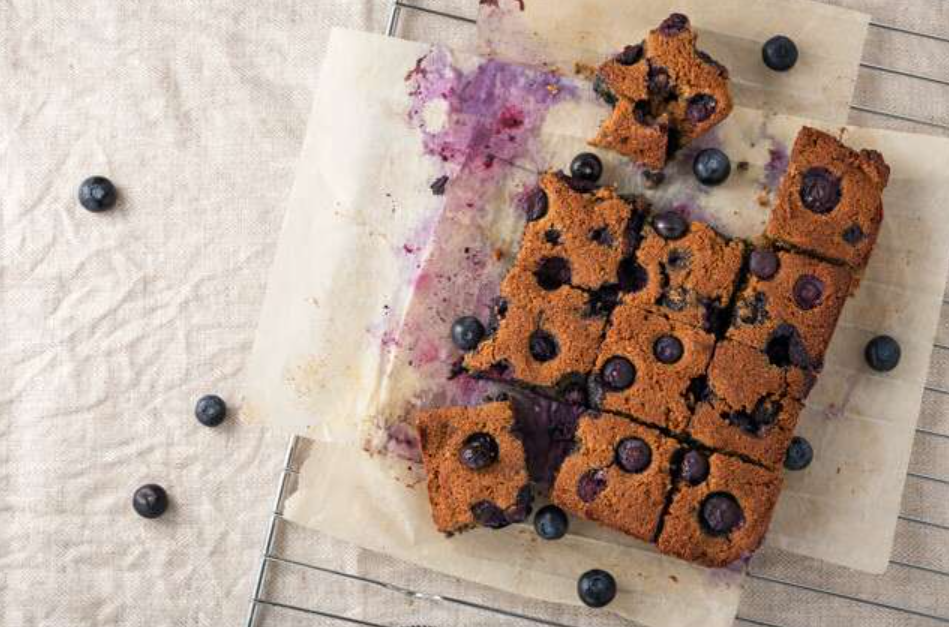
To create a fabric backdrop, start by finding a large piece of fabric that’s at least 8 feet wide. You’ll also need a few pieces of rope or twine to hang the fabric from. Fold the fabric in half so that it’s 4 feet wide, then tie the ropes around the top and bottom edges. Make sure the ropes are tight so that the fabric doesn’t sag. You can now hang the backdrop from a doorframe or other sturdy object.
3. Hang It on a Wall or Suspend It From the Ceiling
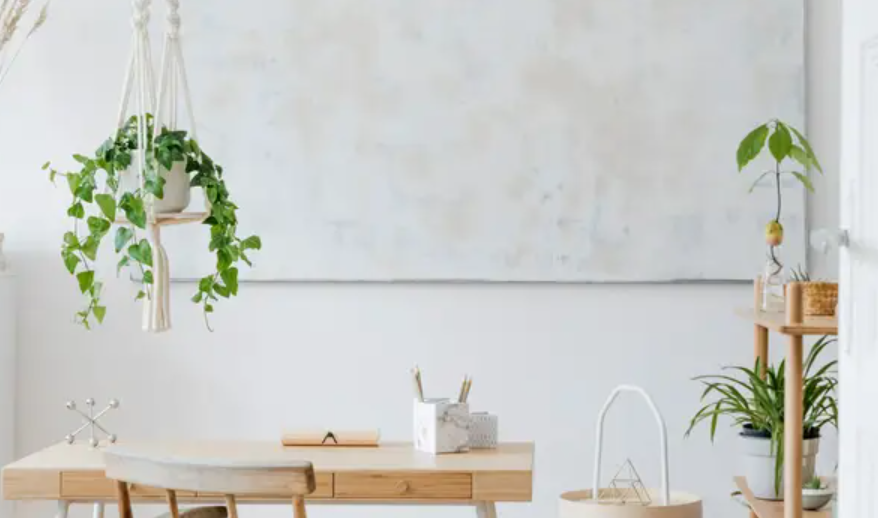
When taking pictures of your food, you may want to use a backdrop to make your food look more appealing. You can hang a piece of fabric or paper on a wall or suspend it from the ceiling. This will help to create a more professional look for your photos.
4. Make Sure It’s Clean and Wrinkle-Free
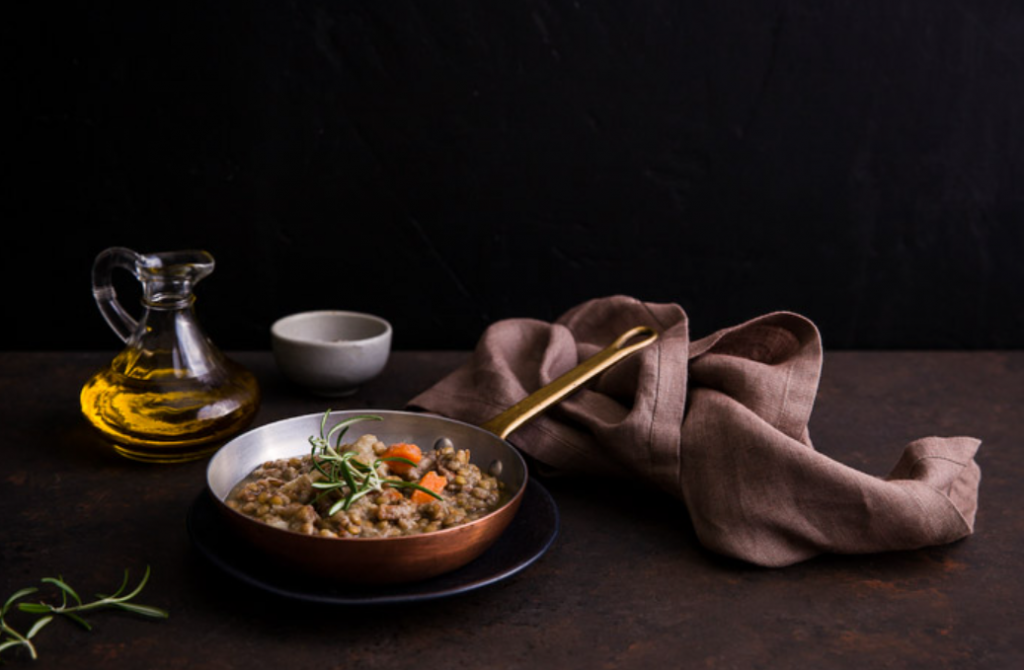
The backdrop for your food photo doesn’t have to be a professional photography studio setup. You can use almost anything as a background as long as it’s clean and wrinkle-free. A few ideas include using a solid colour sheet or poster board, a vinyl tablecloth, or an old bedsheet. If you’re using a solid colour, make sure to choose one that will complement the colours in your food. If you’re using a printed fabric, be sure to choose one that has a busy pattern so it won’t distract from the food. To keep the background clean and wrinkle-free, put it down on a flat surface and use weights or clamps to hold it in place.
5. Use Props to Add Interest
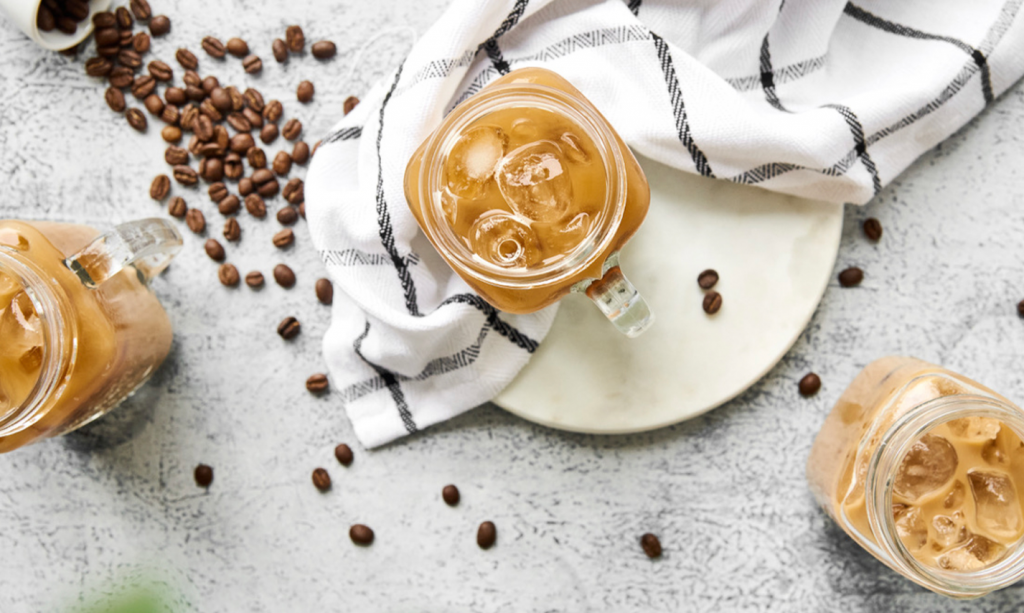
One way to make your food photos more interesting is to use props. This could be something as simple as a placemat or napkin, or you could get more creative with it. Try using a vase of flowers, a fruit bowl, or even a chalkboard to write the name of the dish. Props can add colour and visual interest to your photos, and they can help to tell a story about the dish.
6. Experiment With Different Textures and Patterns
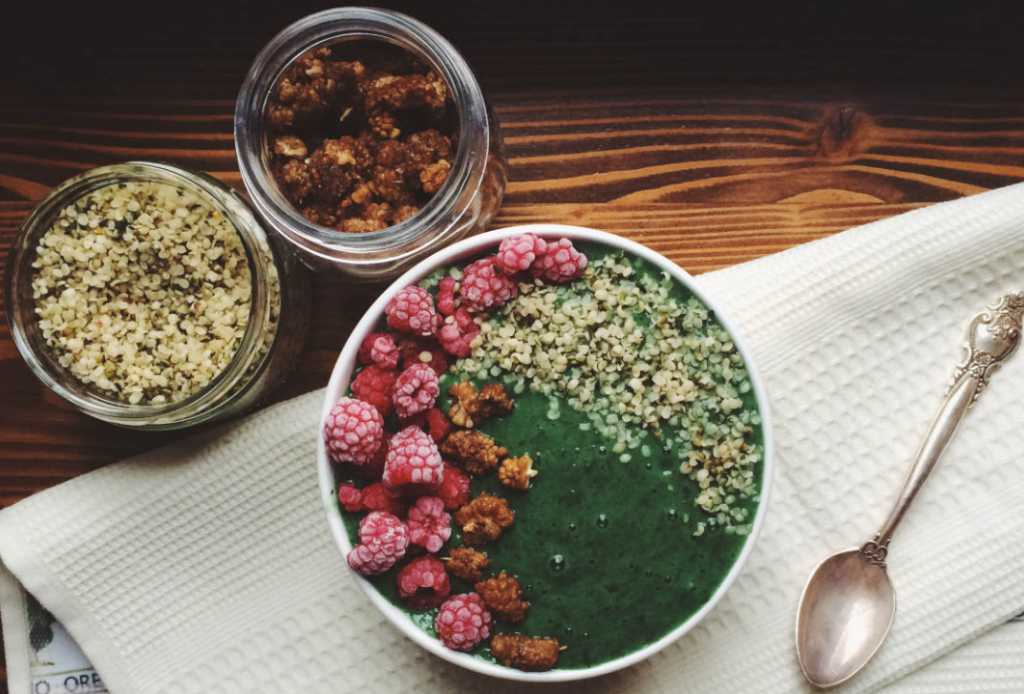
When it comes to styling your food photos, having a great backdrop is key. While you can purchase a pre-made backdrop, or even use a solid color sheet, why not experiment with different textures and patterns? This can be as simple as using a piece of fabric or wrapping paper, or going all out and creating a custom backdrop out of cardboard, paper mache, or even wood. By playing around with different textures and patterns, you can create a unique and eye-catching backdrop that will help your food photos stand out.
Conclusion
In conclusion, with a little bit of effort, you can create an attractive and functional backdrop for your food photography. By using some simple techniques and materials, you can make a custom backdrop that will perfectly showcase your culinary creations. So get creative and have some fun with it! { "@context": "https://schema.org/", "@type": "HowTo", "name": "How to Make a Backdrop for Food Photography", "description": "How to Make a Backdrop for Food Photography! Making a backdrop for food photography can be a lot of fun, and it’s an easy way to add some extra visual interest to your shots. Food photography can be as simple or elaborate as the photographer desires. There are endless possibilities for backgrounds, props, and settings. This article explores some of the common backgrounds used in food photography and how to make it. There are a number of options available, and you can choose whatever works best for your photos.", "image": "https://photolightboxes.net/wp-content/uploads/2022/05/How-to-Make-a-Backdrop-for-Food-Photography-1-1024x572.png", "totalTime": "PT10M", "estimatedCost": { "@type": "MonetaryAmount", "currency": "USA", "value": "$10" }, "supply": [ { "@type": "HowToSupply", "name": "Tripod" } ], "tool": [ { "@type": "HowToTool", "name": "camera" } ], "step": [ { "@type": "HowToStep", "text": "When photographing food, a nice backdrop can really make the shot pop. One of the easiest and cheapest ways to create a backdrop is by using a piece of fabric. I like to choose a bright, solid color that will complement the food without competing for attention. For example, I might use a light blue or green fabric for savory dishes and a pink or red fabric for sweet dishes.", "image": "https://photolightboxes.net/wp-content/uploads/2022/05/Choose-a-Bright-Solid-Color-1024x645.png", "name": "Choose a Bright, Solid Color", "url": "https://photolightboxes.net/how-to-make-a-backdrop-for-food-photography/#1_Choose_a_Bright_Solid_Color" }, { "@type": "HowToStep", "text": "If you’re looking for a simple and affordable way to create a beautiful backdrop for your food photos, consider using a canvas or fabric. Both options are easy to work with and can be customized to fit your specific needs. Plus, they’re relatively inexpensive, which makes them a great option if you’re on a budget.\n\nTo create a fabric backdrop, start by finding a large piece of fabric that’s at least 8 feet wide. You’ll also need a few pieces of rope or twine to hang the fabric from. Fold the fabric in half so that it’s 4 feet wide, then tie the ropes around the top and bottom edges. Make sure the ropes are tight so that the fabric doesn’t sag. You can now hang the backdrop from a doorframe or other sturdy object.", "image": "https://photolightboxes.net/wp-content/uploads/2022/05/Use-a-Canvas-or-Fabric.png", "name": "Use a Canvas or Fabric", "url": "https://photolightboxes.net/how-to-make-a-backdrop-for-food-photography/#2_Use_a_Canvas_or_Fabric" }, { "@type": "HowToStep", "text": "When taking pictures of your food, you may want to use a backdrop to make your food look more appealing. You can hang a piece of fabric or paper on a wall or suspend it from the ceiling. This will help to create a more professional look for your photos.", "image": "https://photolightboxes.net/wp-content/uploads/2022/05/Hang-It-on-a-Wall-or-Suspend-It-From-the-Ceiling.png", "name": "Hang It on a Wall or Suspend It From the Ceiling", "url": "https://photolightboxes.net/how-to-make-a-backdrop-for-food-photography/#3_Hang_It_on_a_Wall_or_Suspend_It_From_the_Ceiling" }, { "@type": "HowToStep", "text": "The backdrop for your food photo doesn’t have to be a professional photography studio setup. In fact, you can use almost anything as a background as long as it’s clean and wrinkle-free. A few ideas include using a solid color sheet or poster board, a vinyl tablecloth, or an old bedsheet. If you’re using a solid color, make sure to choose one that will complement the colors in your food. If you’re using a printed fabric, be sure to choose one that has a busy pattern so it won’t distract from the food. To keep the background clean and wrinkle-free, put it down on a flat surface and use weights or clamps to hold it in place.", "image": "https://photolightboxes.net/wp-content/uploads/2022/05/Make-Sure-Its-Clean-and-Wrinkle-Free-1024x670.png", "name": "Make Sure It’s Clean and Wrinkle-Free", "url": "https://photolightboxes.net/how-to-make-a-backdrop-for-food-photography/#4_Make_Sure_Its_Clean_and_Wrinkle-Free" }, { "@type": "HowToStep", "text": "One way to make your food photos more interesting is to use props. This could be something as simple as a placemat or napkin, or you could get more creative with it. Try using a vase of flowers, a fruit bowl, or even a chalkboard to write the name of the dish. Props can add color and visual interest to your photos, and they can help to tell a story about the dish.", "image": "https://photolightboxes.net/wp-content/uploads/2022/05/Use-Props-to-Add-Interest-1024x613.png", "name": "Use Props to Add Interest", "url": "https://photolightboxes.net/how-to-make-a-backdrop-for-food-photography/#5_Use_Props_to_Add_Interest" }, { "@type": "HowToStep", "text": "When it comes to styling your food photos, having a great backdrop is key. While you can purchase a pre-made backdrop, or even use a solid color sheet, why not experiment with different textures and patterns? This can be as simple as using a piece of fabric or wrapping paper, or going all out and creating a custom backdrop out of cardboard, paper mache, or even wood. By playing around with different textures and patterns, you can create a unique and eye-catching backdrop that will help your food photos stand out.", "image": "https://photolightboxes.net/wp-content/uploads/2022/05/Experiment-With-Different-Textures-and-Patterns-1024x694.png", "name": "Experiment With Different Textures and Patterns", "url": "https://photolightboxes.net/how-to-make-a-backdrop-for-food-photography/#6_Experiment_With_Different_Textures_and_Patterns" } ] }
Frequently Asked Questions
Q1: What backdrop is best for food photography?
A1: For food photography, a neutral and simple backdrop works best. Consider using a clean, white surface, marble or wooden textures, or solid colours like light grey or pastels. These backdrops provide a clean and unobtrusive background that allows the food to stand out and be the focal point of the photograph. Additionally, using complementary textures and colours to enhance the presentation of the food can also be effective.
Q2: How do I make my photography backdrop?
A2: To make your photography backdrop, you can use a large piece of fabric, a roll of seamless paper, or even a canvas. Choose a colour or pattern that suits your photography style and the subject. Ensure it’s wrinkle-free and well-ironed. You can hang it on a wall, drape it over a backdrop stand, or even secure it to a sturdy frame. Be sure to have good lighting to eliminate shadows and wrinkles. Homemade backdrops offer flexibility and creativity in customizing your photography setup.
Q3: What is the best DIY backdrop for a photoshoot?
A3: The best DIY backdrop for a photoshoot often involves using a clean, ironed, and well-lit solid-coloured fabric or seamless paper. Neutral tones like white, grey, or pastels work well, allowing your subject to stand out. Alternatively, consider using patterned or textured fabrics that enhance the theme or mood you want to create for your photoshoot. Experiment with various options to find what suits your style and the intended look of your shoot.
Q4: How do you make a budget backdrop?
A4: To make a budget backdrop, you can use materials like bedsheets, fabric remnants, or butcher paper. Secure the backdrop to a wall or a sturdy frame. Opt for neutral or solid colors to keep it versatile, and ensure it’s wrinkle-free and well-lit. DIY options are cost-effective and allow for creativity in creating affordable yet visually appealing backgrounds for your photography or video projects.
Q5: What colour background is best for food?
A5: A neutral background like white or light grey is often best for food photography. These colours allow the food to be the focal point and provide a clean, appealing backdrop. Additionally, earthy tones or complementary colours to the food can enhance its presentation and create a visually pleasing contrast. Experiment with different colours to find what complements your specific dish and enhances its visual appeal.



